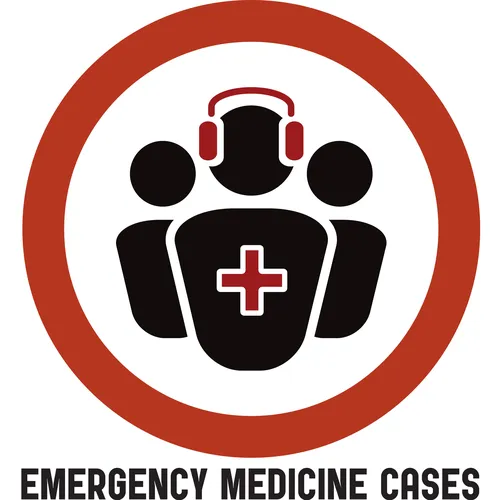Episode 70 End of Life Care in Emergency Medicine
- Author
- Dr. Anton Helman
- Published
- Tue 29 Sep 2015
- Episode Link
- https://emergencymedicinecases.com/end-of-life-care-in-emergency-medicine/
Most of us in North America live in cultures that almost never talk about death and dying. And medical progress has led the way to a shift in the culture of dying, in which death has been medicalized. While most people wish to die at home, every decade has seen an increase in the proportion of deaths that occur in hospital. Death is often seen as a failure to keep people alive rather than a natural dignified end to life. This is at odds with what a lot of people actually want at the end of their lives: 70% of hospitalized Canadian elderly say they prefer comfort measures as apposed to life-prolonging treatment, yet as many as ⅔ of these patients are admitted to ICUs.
Written Summary and blog post Prepared by Dr. Keerat Grewal, edited by Dr. Anton Helman, Sept 2015
Discussing End of Life Care in Emergency Medicine
Find a quiet room to have end of life discussions. In an unresponsive patient, find a room where the patient cannot hear the discussion. It is prudent to assume the unconscious patient hears everything (1).
Allow patients and/or their families the time to tell their story so you can understand it. Avoid power struggles with families. It is often prudent to provide your clear medical opinion, and when appropriate, make clear recommendations rather than giving options only and leaving end of life decisions to family alone. This may help reduce the burden of this difficult decision on the family.
See Episodes 49 and 51 on effective patient communication and managing difficult patients.
Palliative Care Myth #1: Code status discussion should focus on descriptions of CPR/CCR
In discussions regarding goals of care and code status, talking about the risk of broken ribs will not help you, the patient and their family get any closer to effective decisions about goals of care. Rather, discussions around goals of care should include information regarding overall prognosis, patient goals, and explanations of different levels of care.
An informed decision involves sharing realistic expectations. The common and uncommon material risks of CPR/CCR and treatment (2) may include:
* Incomplete recovery
* Prolonged death
* Uncomfortable investigations and treatments
* Ventilator dependence
Do Not Resuscitate (DNR) Orders in End of Life Care in Emergency Medicine
Palliative Care Myth #2: DNR means do not treat
DNR means no resuscitation in the setting of a full cardiopulmonary arrest. This is often misinterpreted, and sometimes associated with lower quality or less care. Patients can and should still receive full and aggressive medical management even if they are rendered DNR.
There is a movement, as stated in the AHA Cardiopulmonary Resuscitation Guidelines in 2010, towards changing the DNR order to ‘Allow Natural Death’ (AND). AND uses positive language, stating what we will do, as opposed to what we will not do. Patients and their families may feel less guilt and may be more likely to be agreeable to an AND order than to a DNR order.
Discussing Prognosis in End of Life Care in Emergency Medicine
There are multiple barriers to communicating prognosis which include:
* Physicians in general are poor prognosticators: ED physicians in particular do not have experience taking care of patients over time in their trajectory towards death
* There is uncertainty in medicine: uncertainty should be communicated with patients, this also leads to the patient’s increase in sense of trust with the he...
